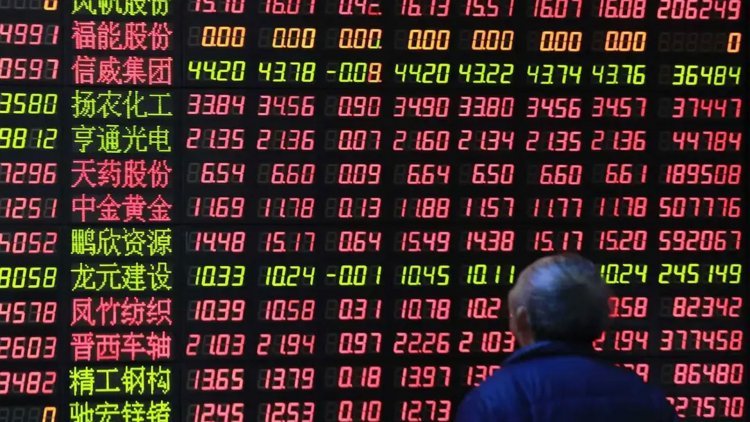China's falling markets provide new economic danger indicators
Since June 28, the Hang Seng China Enterprises Index has dropped nearly 9% as a new Covid subvariant threatens to shut down manufacturing, reduce consumer spending, and harm the construction industry.

The Chinese financial markets are sending out red flags that the possibility of future Covid shutdowns could cause economic instability.
Since June 28, the Hang Seng China Enterprises Index has dropped nearly 9% as a new Covid subvariant threatens to shut down manufacturing, reduce consumer spending, and harm the construction industry. The onshore rate of the Chinese yuan is at its lowest level in a month as it continues to decline against the dollar. Credit stress is also getting worse as China Evergrande Group approaches its first onshore default following the resurgence of wider concerns about contagion from another developer's $1 billion delinquent. And the cost of iron ore has reached a seven-month low.
A optimistic case for China based only on value keeps falling short, as does the idea that the nation's assets can serve as a reliable haven for investors during times of unrest on the world market. Midway through 2022, the persistent risk-off mood demonstrates how Covid Zero and crackdowns on the tech and real estate sectors have continued to trouble investors.
Although official data being out on Friday is expected to show China's economy grew by just 1.2% in the second quarter, several alternative signs point to a decline in activity. The central bank is reducing liquidity injections at the same time, which might lead to tighter financial conditions for the remainder of the year.
According to Peter Garnry, head of equity strategy at Saxo Bank, "investors' main concerns are the revived worry about potential interruptions to economic activities." The pressure on local governments' resources and limitations on their ability to promote the economy are a result of mass testing and VAT rebates.
The second half of the year needs to be stronger for the economy to reach its 5.5 percent growth goal, according to the Chinese government. In order to support the economy, Beijing has been distributing additional fiscal stimulus, such as increasing infrastructure investment and lowering company taxes. However, achieving the growth target will become very difficult as China tightens regulations once more to contain any Covid-19 outbreak.
A single incident this week was sufficient to shut down a whole city in one of China's steel centres for three days. In order to adhere to its strictest pandemic regulations, Macau, the greatest gambling hub in the world, is also closing the majority of its enterprises for a week.
As a result of the shutdowns, the market plunged even more during the last two days, with the Hang Seng China measure losing 4.8 percent of its value and wiping away all of its June gains. The moves may have been made worse by the lack of trading activity, with volume on the index being around 19 percent below the daily average for the previous year.
Chinese developers' dollar bonds also fell, and on Tuesday, the pressure started to affect investment-grade companies. According to prices reported by Bloomberg, notes from China Vanke Co., the country's second-largest builder by contracted sales, dropped as much as five cents on the dollar, on course for the greatest drop since March 2020. An index maintained by Bloomberg that tracks Chinese junk dollar bonds is very close to its 10-year low.
The market losses this week occurred despite credit statistics suggesting that the People's Bank of China's stimulus programme is finally expanding lending, which is essential to balancing off the economic cost of pursuing President Xi Jinping's Covid Zero agenda. Although total finance in June exceeded expectations and surpassed 5.2 trillion yuan ($773 billion), it is uncertain whether this increase in lending would result in increased domestic demand.




 admin
admin 




















